When I was growing up, my father was very fond of taking the road less traveled. It would drive my mother crazy. I think I inherited the gene for back highways and dirt roads. That’s how we’ve come to know the Hummingbird Route (Paseo del Quinde), better known to locals as the Nono-Mindo Road. We’ve taken our own vehicle down its dusty path three different times. Let me tell you what to expect!
The Eco-Ruta El Paseo del Quinde
The Eco-Ruta El Paseo del Quinde literally means the Hummingbird Trail Eco-Route. The word quinde is the Quichua term for hummingbird and is used as often in Ecuador as the Spanish colibrí. Unfortunately, this also means that this eco-route trail is often called Paseo del Colibrí, Ruta del Colibrí, or Eco-Ruta del Colibrí as often as it is called Paseo del Quinde. So finding information on the Hummingbird Route can be complicated!
Although tourism routes like these are fairly new in Ecuador, this road has ancient origins. Used by Spanish conquistadors to travel from Quito to the Pacific Coast, the trail likely existed before their arrival. Many believe it was used by the ancient Yumbo and other cultures trading between the coast and Quito.
Today, the federal government has placed signs based in a few areas in order to help attract more tourism. However, little more has been added to make these routes vibrant attractors of tourism. Yet for folks like us, that’s not a bad thing. It means this little back road remains fairly quiet. The busiest days along the Nono-Mindo Road are the weekends. Even then, it’s rare that we compete for space with anyone but cyclists.
Why Hummingbirds?
Why the hummingbird route? This region is buzzing with dozens of varieties of these sparkling beauties. The route itself passes several private hummingbird reserves and ends in the Mindo-Nambillo Ecological Reserve. The easiest way to see these hummingbirds is to stop at many of the spots listed on the map below.
The Eco-route Is More Than Hummingbirds
While hummingbirds are the first thing that comes to mind, the truth is that unless you stop along the way to visit one of the hummingbird gardens, you are highly unlikely to see a hummingbird while driving this route. For those of you with a nose for birds, you may see them flit across the path, providing an opportunity to stop the car and get out and explore.
In fact, there are several great spots for birding right along the road. Our travel times have tended to be later in the day, not the best birding times, and we have still spotted the occasional tanager and once, a large banded pigeon that kept us wondering what he was for a while. Who knew pigeons could be wild!
We’ve also stopped to admire views of local farms near Nono, take pictures of dozens of butterflies clinging to an open rock face near a large trout farm. It’s easy to spot the large pools from the road. We usually stop to explore the fast-running streams to see if we might catch a glimpse of any water-loving birds, or just to pause and wonder at the beauty of the native forest.
Perhaps our most surprising stop was to visit a shrine to the Virgin of Alambí. Named for the local river, this Virgin once appeared in a shadow of the rock where her image is today painted, protected, and oft-visited by locals.
Step-by-Step Along the Hummingbird Route
The map below will include most of these stops. We recommend accessing the route in the same way you would arrive at the Yanacocha Reserve. If you travel this way, you will also pass two of our recommended places to see hummingbirds, San Jorge de Quito and Yanacocha. Both are marked on the map.
If you chose to go off the route to visit Yanacocha, you can also return to the route a different way. When you leave the Yanacocha Reserve, instead of turning right to return on the road on which you arrived, take a left. That road will twist and turn, winding down the mountain, and come out on the far side of Nono. However, it means missing Nono and you might not want to do that.
Nono, Ecuador
The tiny town of Nono is a farming paradise. On the weekends, it can be bustling as Quiteños arrive from the capital city to enjoy some country air. Some like to stop at the locally run restaurants for rural specialties like Caldo de Gallina and Locro de Papas. Others stop for a snack of Empanadas and Hot Chocolate or coffee. Those with a love of a good steak will choose one of the more expensive (relatively speaking) steak houses. You might want to call ahead for a reservation on Sunday afternoons.
The signs to the Hummingbird Eco-route are very clear in Nono. You shouldn’t miss them. But just in case, you will be taking a left turn in town, immediately at the corner with the excellent empanada shop.
Past Nono
As you drive out of Nono, you should notice a viewing platform a couple of kilometers outside of town. It’s worth a stop in good weather as it offers beautiful views of the small town itself. A placard at the area describes Nono and some of its tourist attractions.
From this point on, there will be no towns, no gas stations, no restaurants, no corner stores. You have officially entered a back road! At first, there will still be a farm or two. Also a sign or two directs tourists to hidden, privately-run nature reserves. But then the land becomes wilder with farms giving way to trees and bushes with the occasional glimpse of the beautiful Alambi River.
If you travel with an experienced birding guide, you will stop often as they are familiar with locations to spot many different species of birds. If you are on your own, stop at will! It will be easy to see the Virgin of Alambi as there is a small pullout and steps leading up to the rock face. There, a small, weather-protected shrine protects the Virgin as she looks out across the road.
It’s also easy to see where the trout farm is… just keep your eyes open for a set of stepped pools and canals along the right side of the road. Immediately across from the trout farm, on the left, there was also a small area to have a picnic, almost unheard of in Ecuador!
Approaching Tandayapa
After an hour or two of driving (depending on the condition of the roads and how many photos you chose to stop and take), you will find yourself in the town of Tandayapa. You have a choice here. You can turn left towards San Tadeo (and eventually, Mindo). Or you can go straight towards Nanegalito and the main highway. Both paths offer interesting places to see.
Towards San Tadeo
The route towards San Tadeo will open up into mixed-use farms and private reserves. Unfortunately, many people have cut down native forests to farm cattle. But it’s not all farmland. Bellavista operates its Research Station in this area, though the lodge itself is found on the road towards Nanegalito.
The route towards San Tadeo eventually leads to the Birdwatcher’s House where Vinicio Perez operates a small lodge aimed at photographers looking for excellent opportunities to see birds in conditions that make it easy to take good photographs. We have not driven the entire road in this direction.
Towards Nanegalito
If you continue through the small town of Tandayapa, eventually you will pop out on the main Quito-Mindo highway just before Nanegalito. Along the way, you’ll pass signs to the Tandayapa Lodge, The Bellavista Lodge, and San Jorge de Tandayapa Eco-Lodge. All offer great opportunities for birdwatching, hiking, and other nature activities while providing excellent food and lodging. Bellavista is the only one that offers more affordable dormitory-style rooms alongside their private rooms.
At the very end of the route, just before reaching the highway, you might notice a small driveway on the right-hand side. Their sign is hard to see coming down the hill, but this is the Alambi Reserve, a great place to stop and observe hummingbirds in the small garden. At the low cost of $5 per person, this garden is not to be missed. If you have time, the entrance fee also includes access to the hiking trail. Some years it is possible to observe a Cock-of-the-Rock nest under the bridge that crosses the Alambi River.
Conditions Along the Nono-Mindo Road
Last but not least, it’s important to understand that this is not an improved road. It travels through a fairly isolated part of Ecuador. There is no cell service for large portions of the route and there is definitely no internet.
For these reasons, we recommend traveling this in daylight hours only. Traveling after dark increases the odds of hitting a large pothole or blowing a tire. Of not seeing the washed-out edge of a road. Or of hitting the random stray cow or horse that might be wandering in the night.
Birdwatchers should hit the road about dawn to take advantage of early morning light. That also provides a full day of travel when a few hours (including stops) should be sufficient.

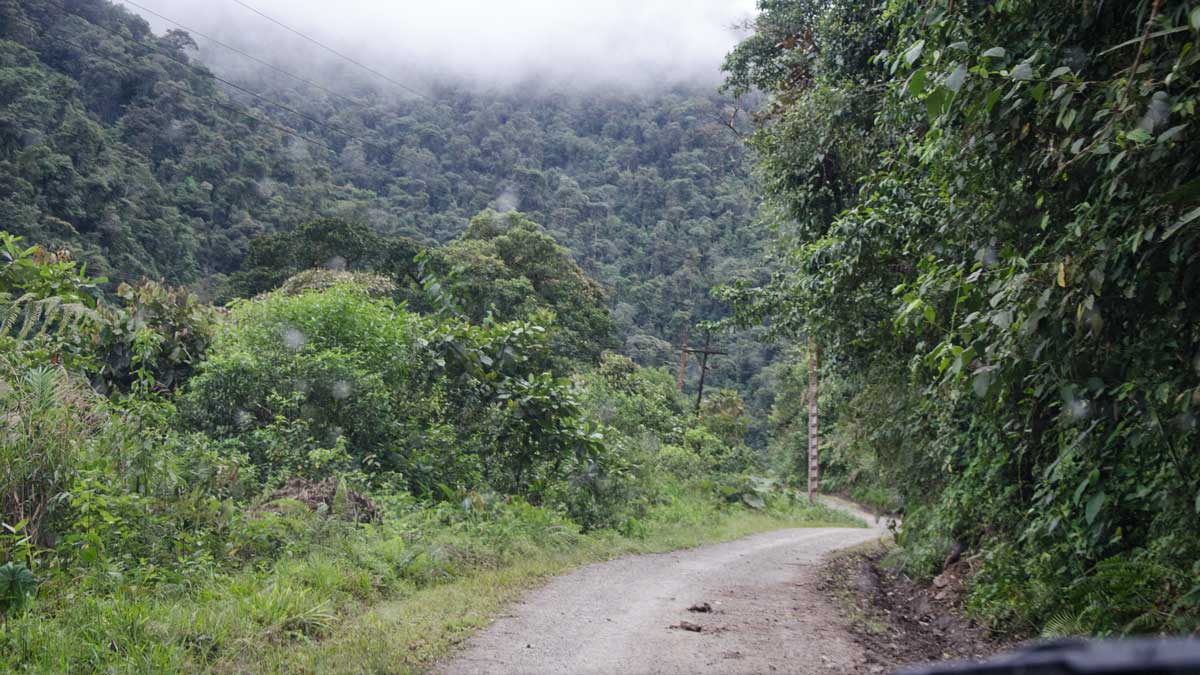
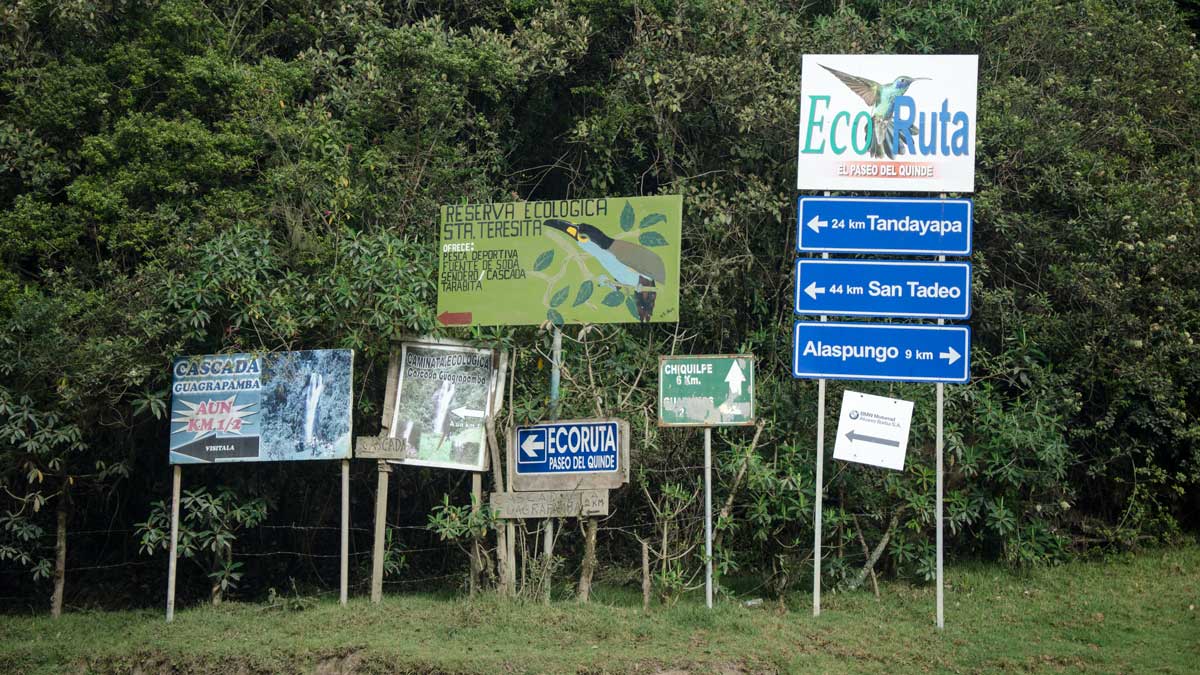
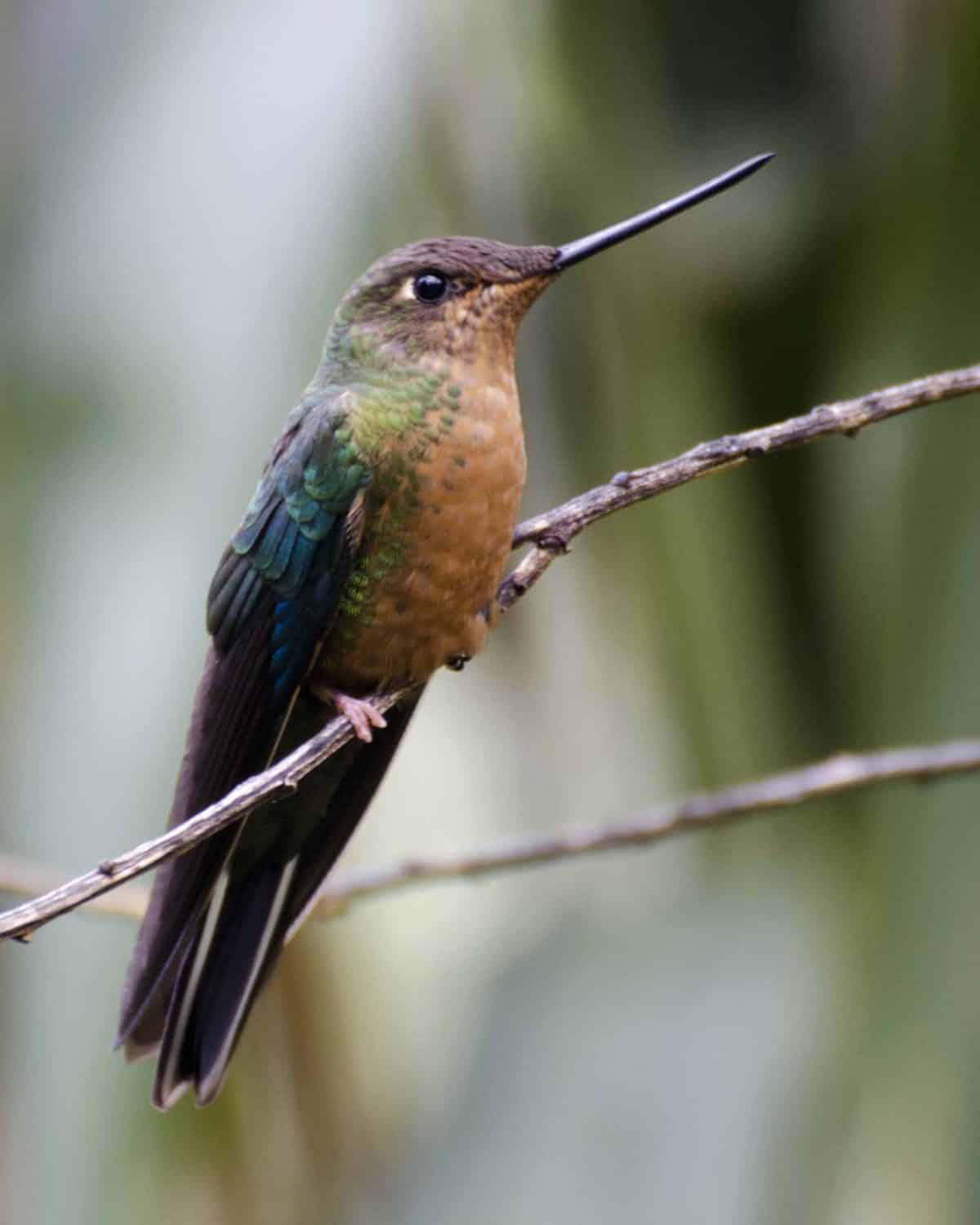
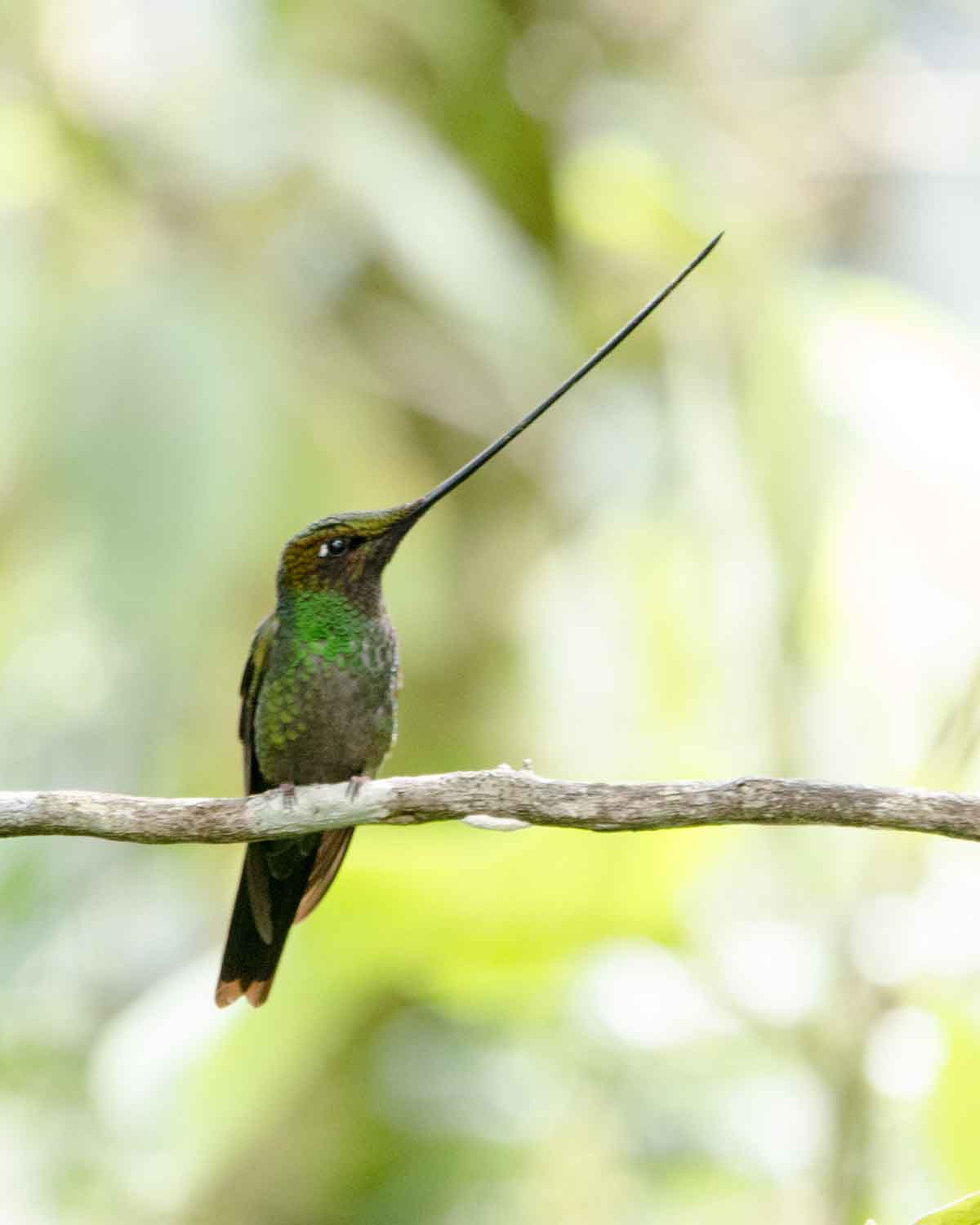

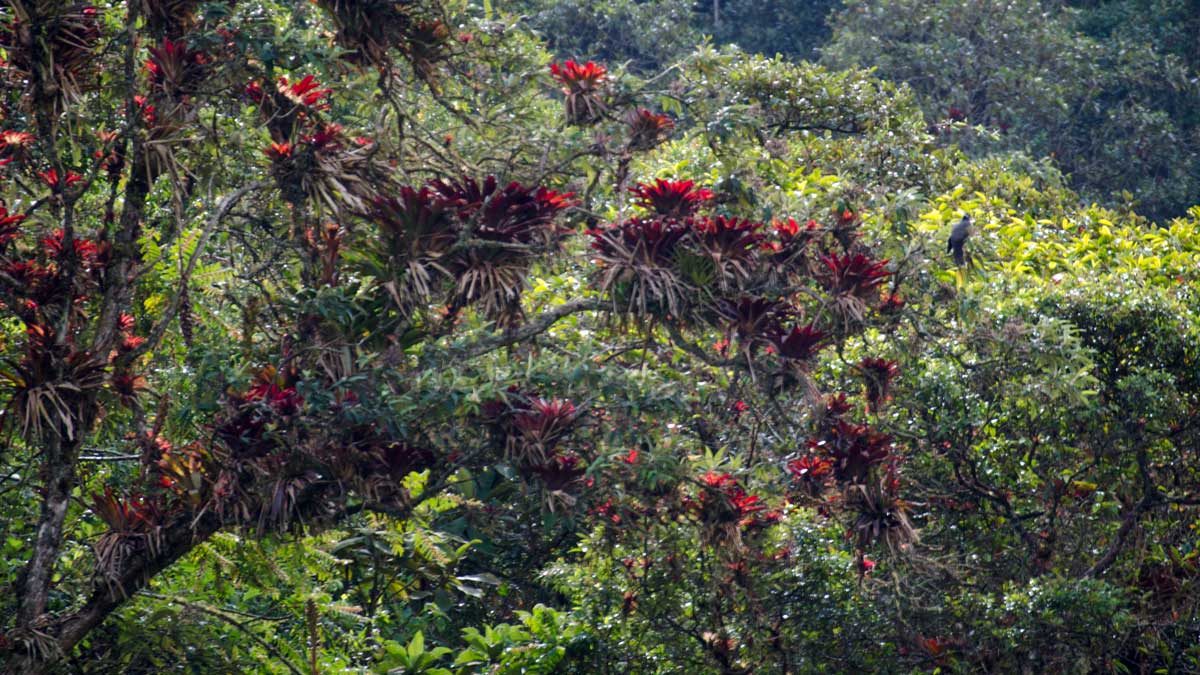

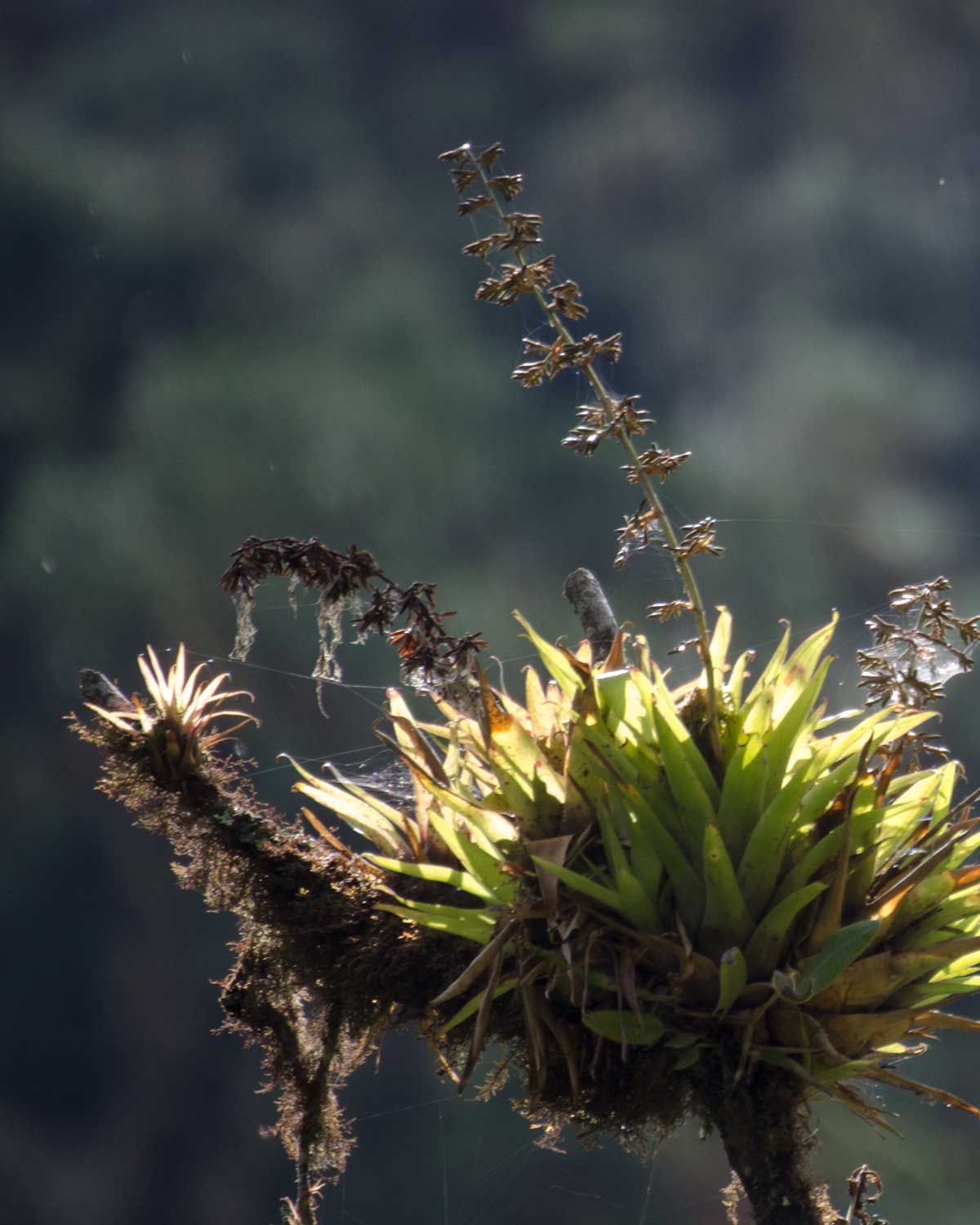
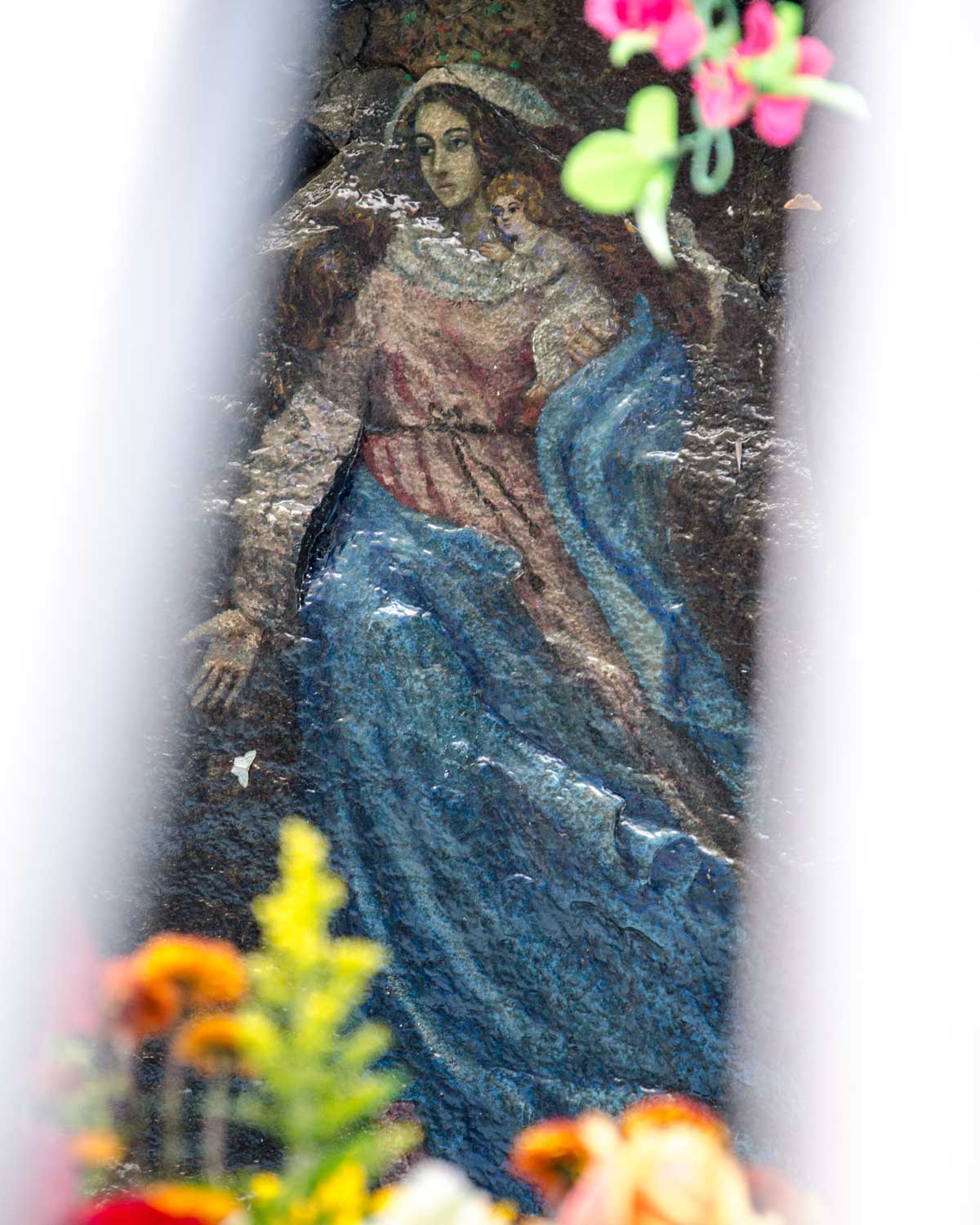

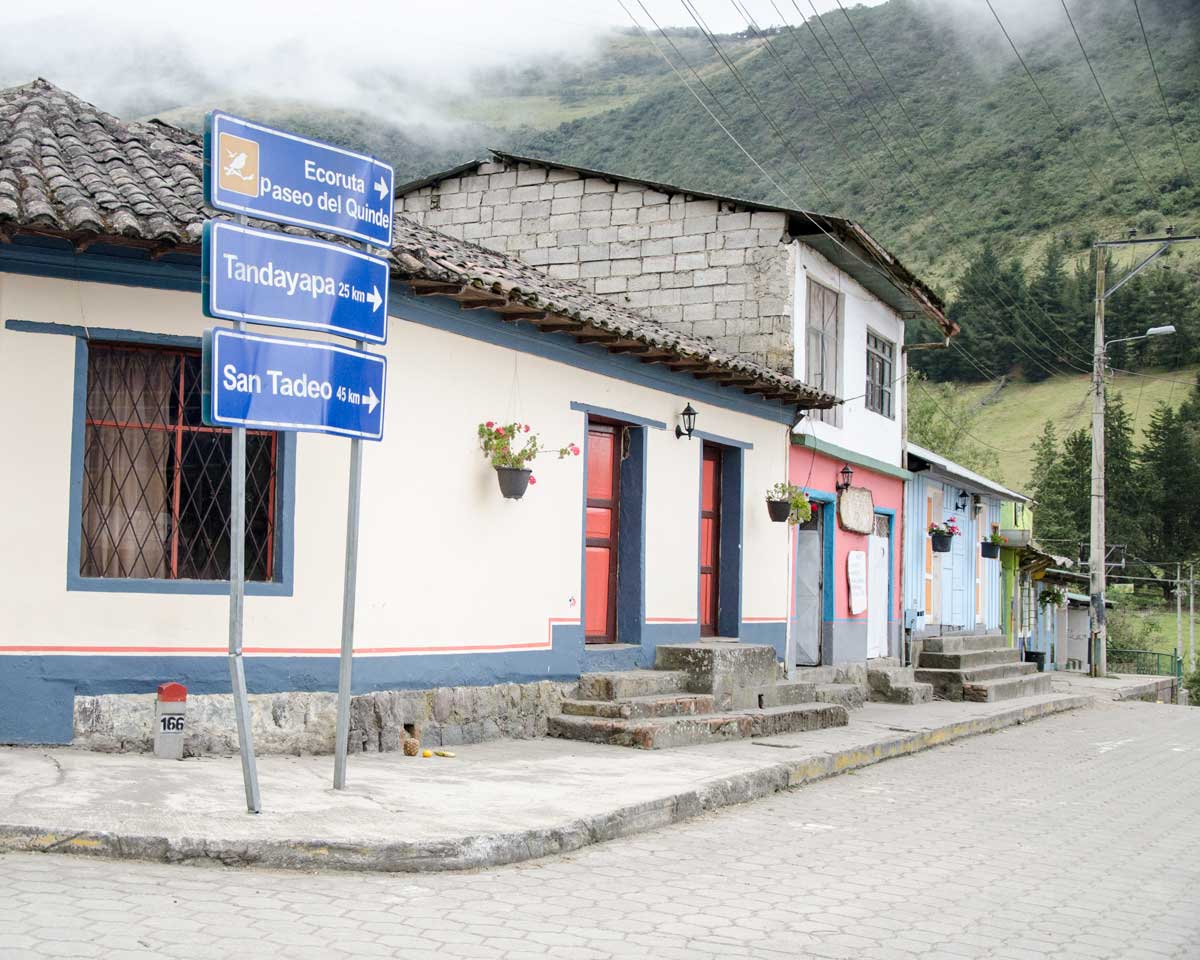
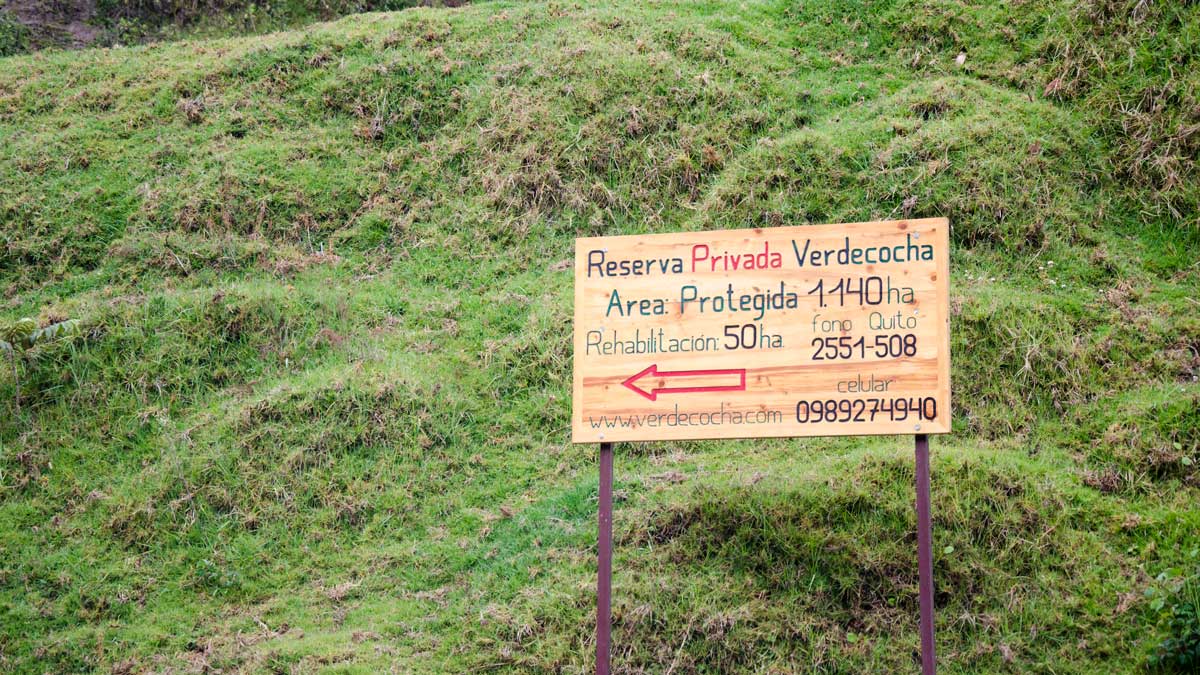
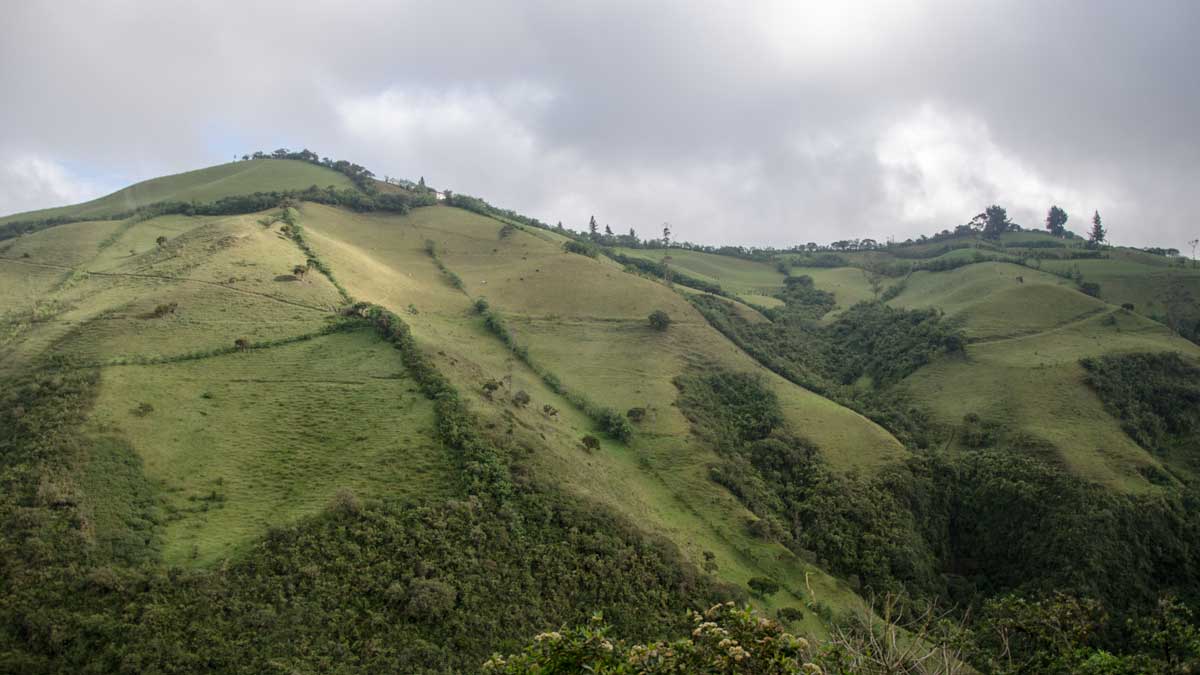
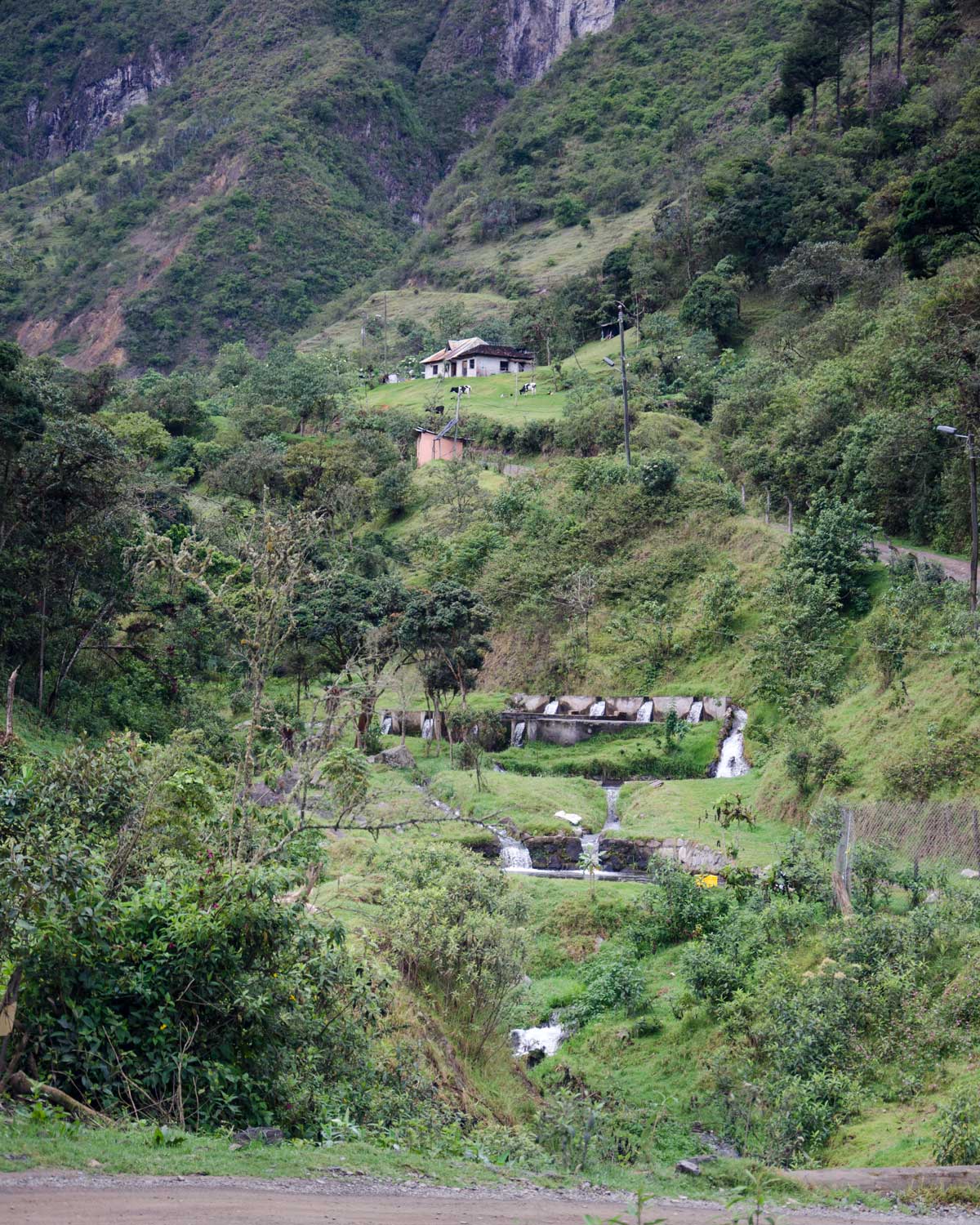
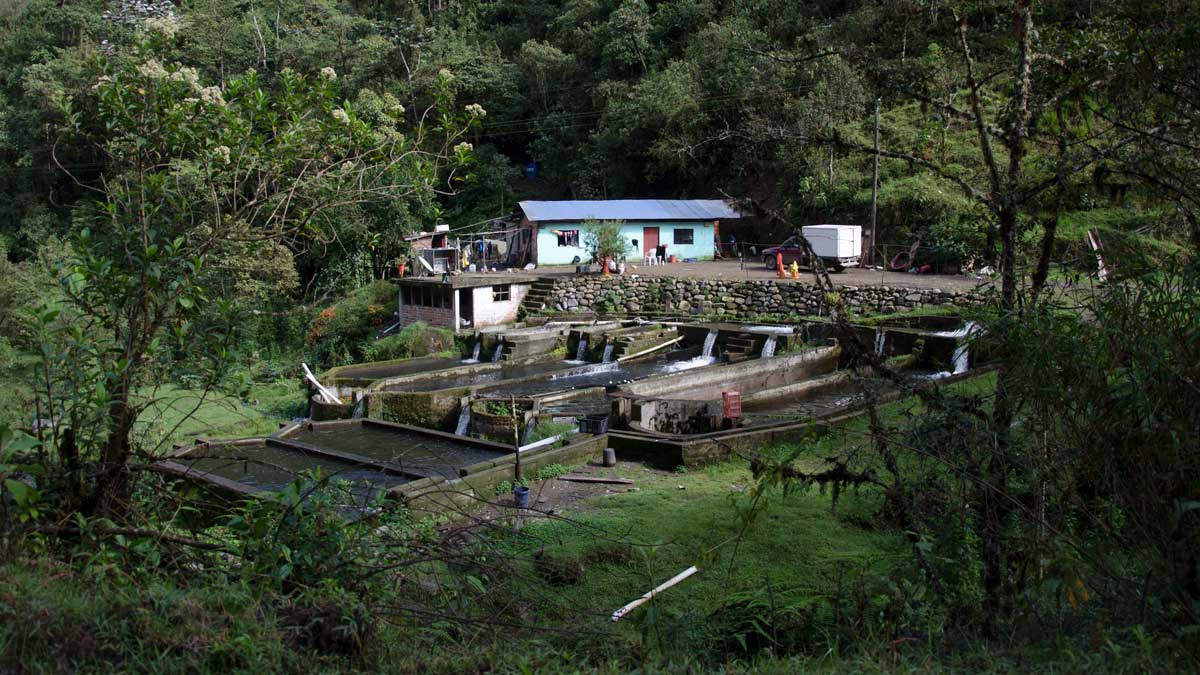
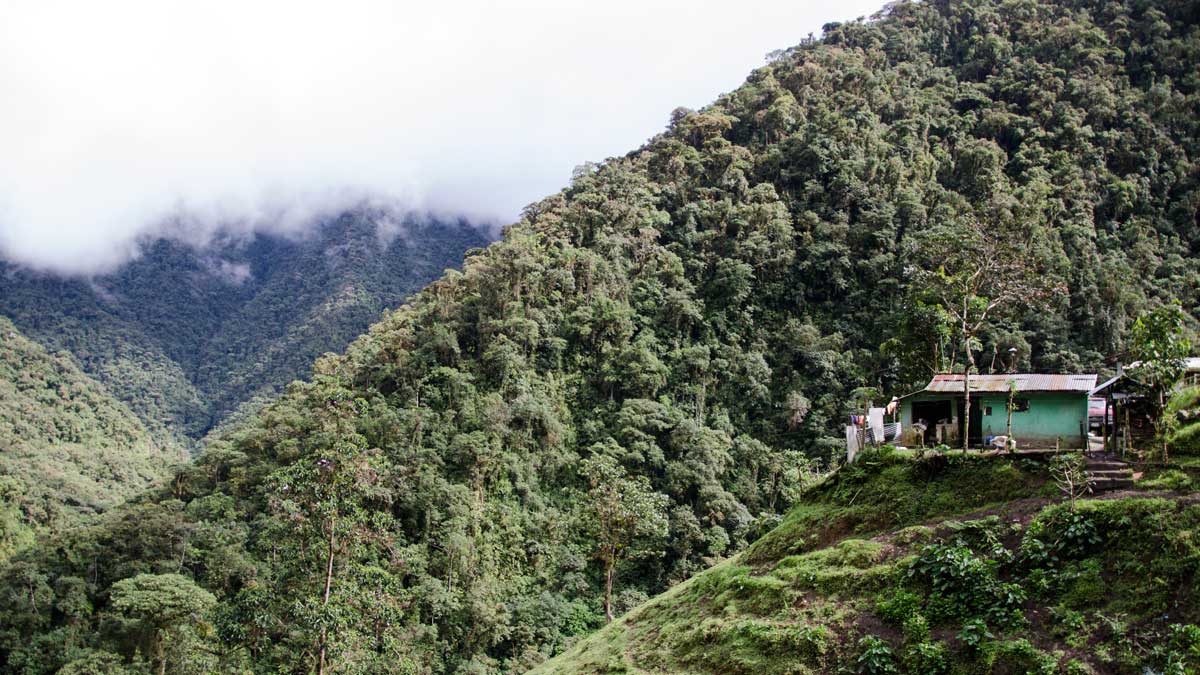
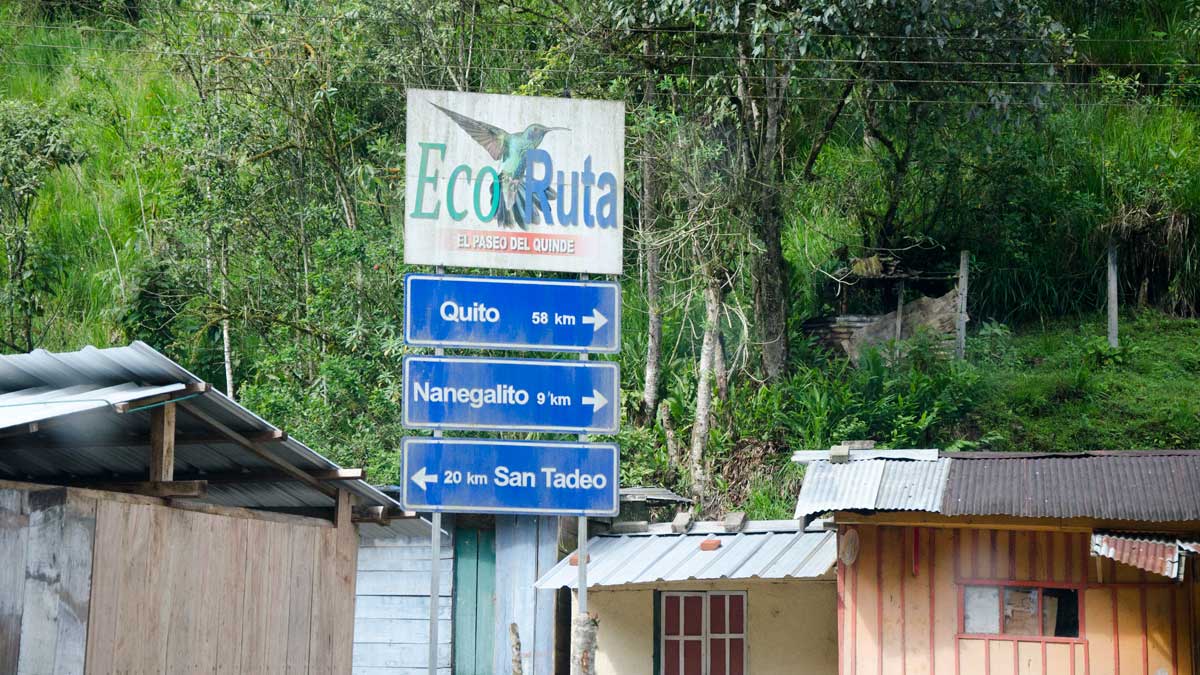
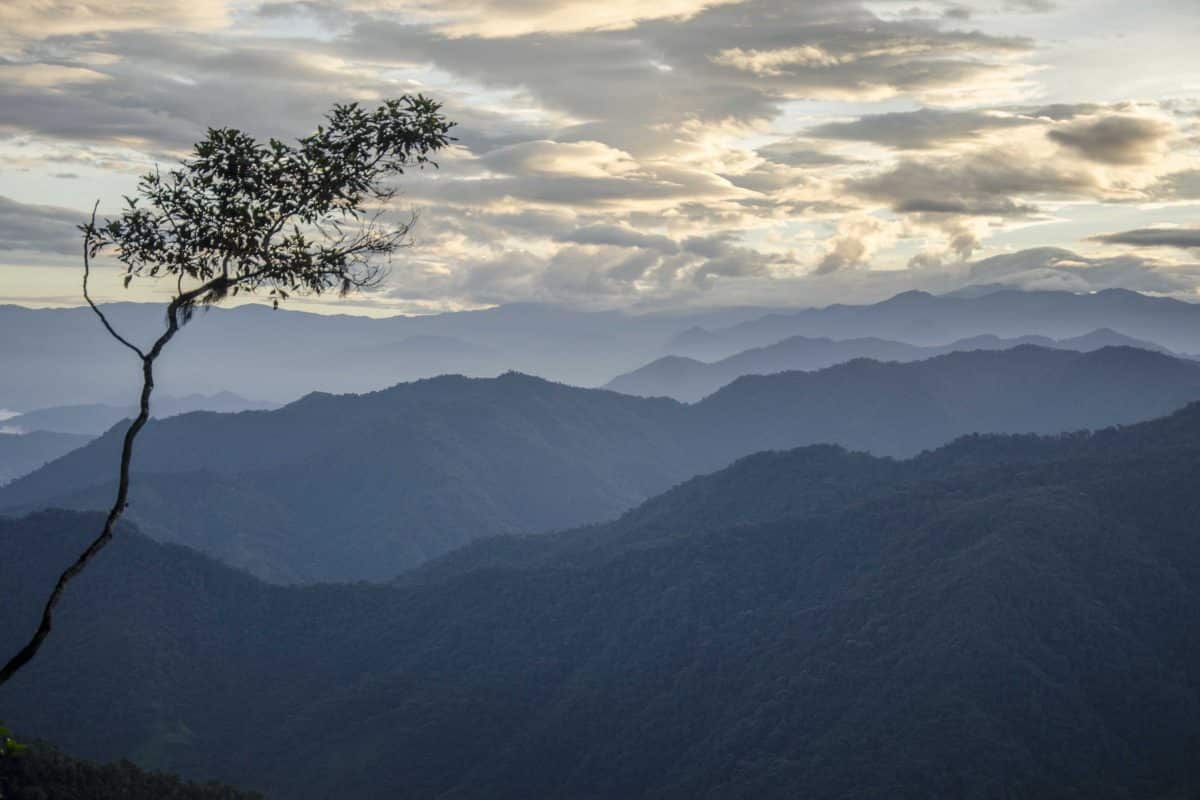











0 Comments